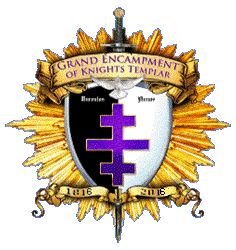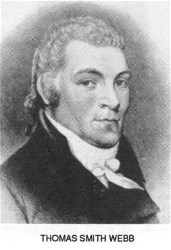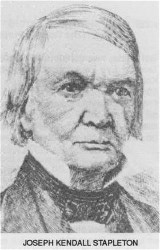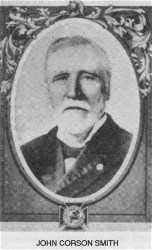
FOUNDERS
In the activities of the Grand Encampment, many Sir Knights gladly performed the duties assigned to them with fidelity and zeal. To some came recognition when they were elevated to the office of Grand Master, and these have been noted in the previous chapter. But there were others who also served. Though their names are not so well known, they too had great love for the Order and the same pride in its advancement.
At the organization of the Grand Encampment in 1816, we find four Sir Knights-Thomas S. Webb, Henry Fowle, John Snow, and Thomas Lowndes. It was their earnest aim and great desire to see a Supreme Governing Body established to unite and cement in friendly bonds all the Sir Knights of the United States. They gave freely of their time and talents to get the new organization started, yet not one ever served as its Grand Master. Sir Thomas S. Webb, who was recognized as the leader in this movement, instead of taking the high office himself, stepped aside that the young organization might have the prestige afforded by placing in the office of Grand Master, one whose name would give it prominence and influence. We now pay tribute to these four, and give a brief story of their lives, that proper recognition and respect may be given their great service to the Order.
Others also served as the Order grew with the years. Sir Joseph K. Stapleton, long the Deputy General Grand Master, was active during the early years of expansion. Sir John Corson Smith was helpful in establishing friendly relations with the foreign Grand Jurisdictions, leading to the Treaty of Amity which bound together all English-speaking Knights Templar. Sir Enoch T. Carson, an earnest student of Masonic history, ritual, law and philosophy, had much to do with the development of the rituals of the Orders of Knighthood adopted by the Grand Encampment.
Recognition is also given to the Grand Recorders, whose faithful and valuable services have meant so much to the Order. Among those who gave long and diligent service were Sir Knight Charles Gilman, Theodore S. Parvin and Adrian Hamersly.







